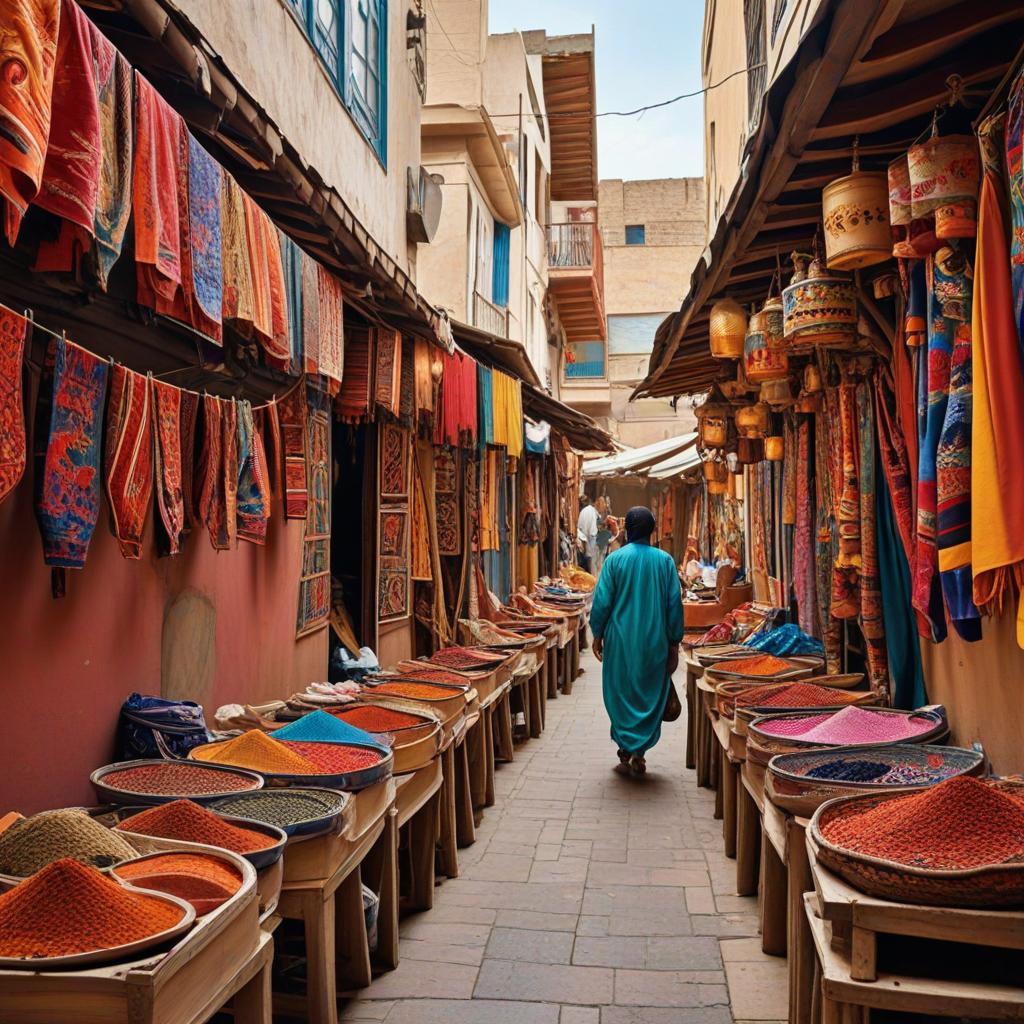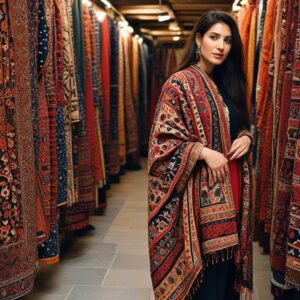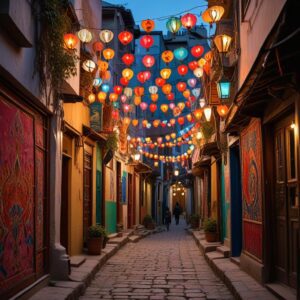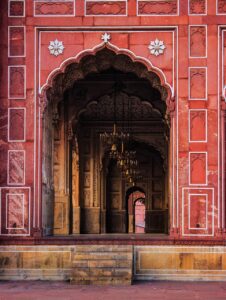In the heart of Pakistan lies a treasure trove of artistic heritage, where centuries-old traditions of craftsmanship continue to thrive. From the intricate patterns of handwoven textiles to the vibrant hues of pottery and embroidery, Pakistani artisans infuse their creations with a unique blend of skill, culture, and passion. Join us on a journey as we explore the rich tapestry of traditional Pakistani crafts, celebrating the artisanal excellence that defines the country’s cultural identity.
Embroidery: A Stitch in Time
One cannot speak of Pakistani crafts without mentioning the exquisite art of embroidery. From the colorful threadwork of Sindhi ralli quilts to the delicate stitches of Punjabi phulkari, each region of Pakistan boasts its own distinctive embroidery styles. Passed down through generations, these intricate designs not only adorn clothing and textiles but also tell stories of heritage and tradition. The skilled hands of Pakistani artisans transform plain fabrics into works of art, capturing the essence of Pakistani culture in every stitch.
Pottery: Molding Earth into Beauty
In villages across Pakistan, the age-old craft of pottery continues to flourish, connecting communities to their cultural roots. From the rustic charm of terracotta to the vibrant colors of glazed ceramics, Pakistani pottery reflects the diverse landscapes and traditions of the country. Artisans mold and shape clay into an array of functional and decorative items, from kitchen utensils to intricately designed vases and bowls. Each piece is a testament to the craftsmanship and ingenuity of Pakistani potters, preserving a heritage that spans centuries.
Woodwork: Carving Stories in Wood
Woodwork holds a special place in Pakistani craftsmanship, with artisans employing time-honored techniques to carve intricate designs and patterns into wood. From intricately carved doors and furniture to decorative items such as trays and boxes, Pakistani woodwork showcases the mastery of artisans who breathe life into raw timber. The geometric motifs and floral patterns found in Pakistani woodwork reflect a fusion of cultural influences, from Mughal aesthetics to indigenous craftsmanship, resulting in pieces that are as visually stunning as they are culturally significant.
Textiles: Weaving Tales of Tradition
No exploration of Pakistani crafts would be complete without a mention of its rich textile heritage. From the luxurious silks of Punjab to the vibrant block prints of Sindh, Pakistani textiles are renowned for their quality and craftsmanship. Handloom weavers skillfully create fabrics that are not only beautiful but also steeped in history and tradition. Whether it’s the intricate patterns of ajrak or the timeless elegance of Kashmiri shawls, Pakistani textiles embody the essence of cultural pride and identity.
Preserving Heritage, Empowering Artisans

As we celebrate the legacy of traditional Pakistani crafts, it’s essential to recognize the challenges faced by artisans in preserving their heritage in a rapidly changing world. Economic pressures, lack of access to markets, and competition from mass-produced goods pose significant threats to the sustainability of these age-old crafts. However, initiatives aimed at empowering artisans and promoting their work, such as Sakafat, provide a glimmer of hope for the future of Pakistani craftsmanship. By supporting handmade and ethically sourced products, individuals can contribute to the preservation of Pakistan’s artisanal heritage while empowering communities and celebrating the beauty of traditional crafts.
In conclusion, the journey through traditional Pakistani crafts is a testament to the enduring legacy of artisanal excellence that continues to shape the cultural landscape of the country. From embroidery and pottery to woodwork and textiles, each craft tells a story of skill, creativity, and cultural identity. By valuing and supporting these age-old traditions, we not only honor the artisans who keep them alive but also enrich our lives with the beauty and heritage they embody.



